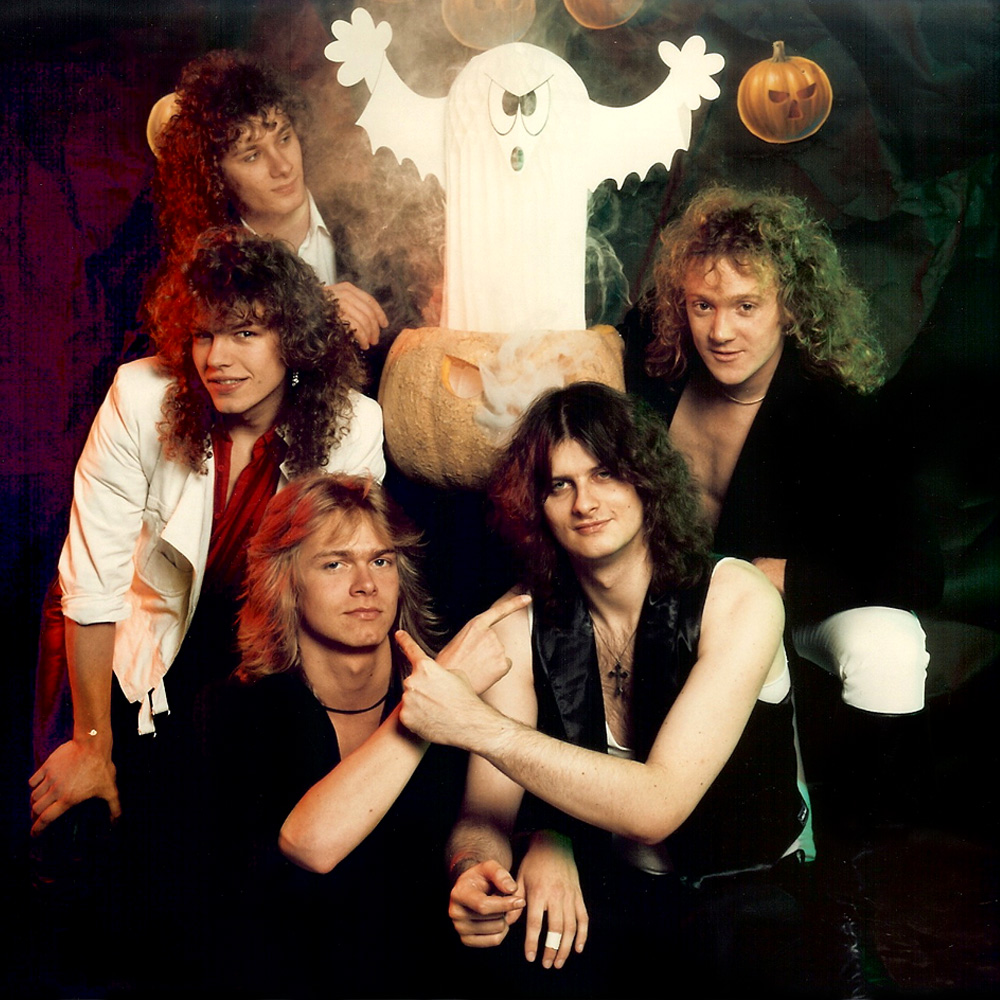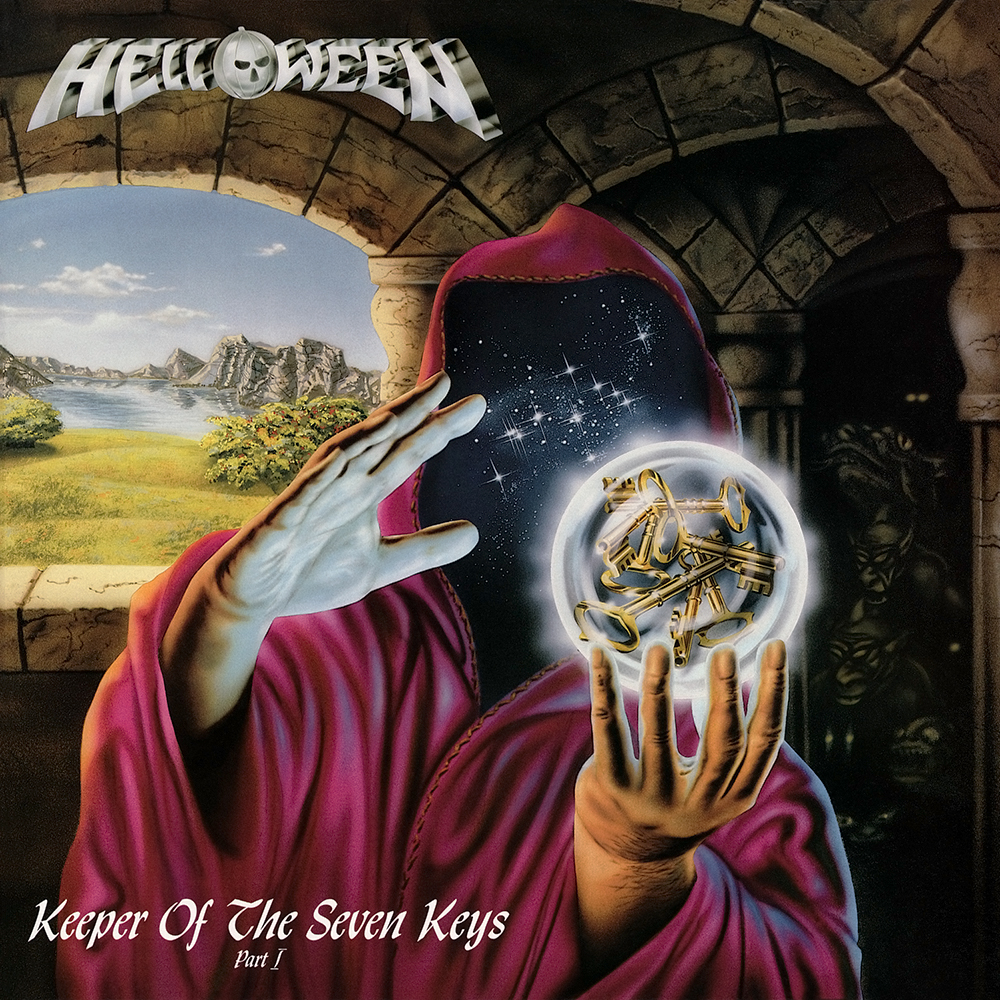The line-up and repertoire renewal raised the German band to a new level
By Luiz Athayde
Here’s another birthday pumpkin (not candle) for Keeper of the Seven Keys Part I, one of the albums that defined the so-called power metal game. Courtesy of the German band Helloween, which was renewed in every way; in line-up and in repertoire.
In fact, the core was guitarist and mentor Kai Hansen’s difficulty in playing and singing at the same time on the tour of the debut album, Walls of Jericho (1985). His temporary farewell from the main microphone was on the single Judas, released in 1986.

The obvious solution was to find a new vocalist. The classic line-up was formed: guitarists Kai Hansen and Michael Weikath, bassist Markus Grosskopf, drummer Ingo Schwichtenberg, and, of course, Michael Kiske. At the age of 18, the singer had left Ill Prophecy, a band formed with his school friend Karsten Nagel.
Besides singing well – to the point of later becoming the vocal map for 10 out of 11 vocalists in the style – Kiske also composed. But for the time being, his direct contribution was only with “A Little Time”, taken from Ill Prophecy’s 5-Track Demo Tape.
The natural dominance was Hansen’s, who not only signed most of the compositions, but threw to the winds some of the group’s greatest classics, even mandatory to the present day. See “I’m Alive”, “Future World” and “Halloween”. These two became singles and the last one got a music video – but with 8 minutes less than its original length.
By then Weikath was already a songwriting machine, but in this case he brought, or rather was only able to bring, the ballad “A Tale That Wasn’t Right”. He is also credited with Kai on “Follow the Sign”.
The concept of ‘Keeper of the Seven Keys’ was generated to be a double disc. However, the Noise International and RCA record labels turned it down. Divided into two releases, part 1 was recorded at Horus Sound Studio in Hanover, Germany, between November 1986 and January 1987.
The production, mixing, and sound engineering work is done by Tommy Newton, guitarist of the cult hard rock band Victory. Co-production is by Tommy Hansen.
Every concept involves, of course, the visual part. And the cover could not be any different. Edda and Uwe Karczewski were responsible for recording some of the most iconic artwork in the history of heavy metal.
The reception of the album in the charts was good, although better in countries like Finland (10th place), Germany (15th place) and Switzerland (18th). In the almost impenetrable US market, Keeper 1 reached number 104 on the US Billboard 200.
As for the famous test of time, the album’s influence in the metal scene and the specialized critics followed in growing mode. For example, vehicles such as AllMusic (4/5 of 5), Rock Hard (9.5 of 10) and Sputnikmusic (4.5 of 5). In addition to Loudwire, which placed Keeper of the Seven Keys Part I in third place in its ‘Top 25 Power Metal Albums of All Time’.
On the licensing front, the album gained release in Europe, the United States and Japan, basically. In 2006, Noise Records and Sanctuary reissued it in an expanded version, remastered with slipcase and bringing the bonus tracks: “Victim of Fate” (re-recorded version), “Starlight” (remix), “A Little Time” (alternative version) and “Halloween” (video edit).
In Brazil, Keeper 1 was released in vinyl by Rock Brigade Records, and in CD format only in 2002.

